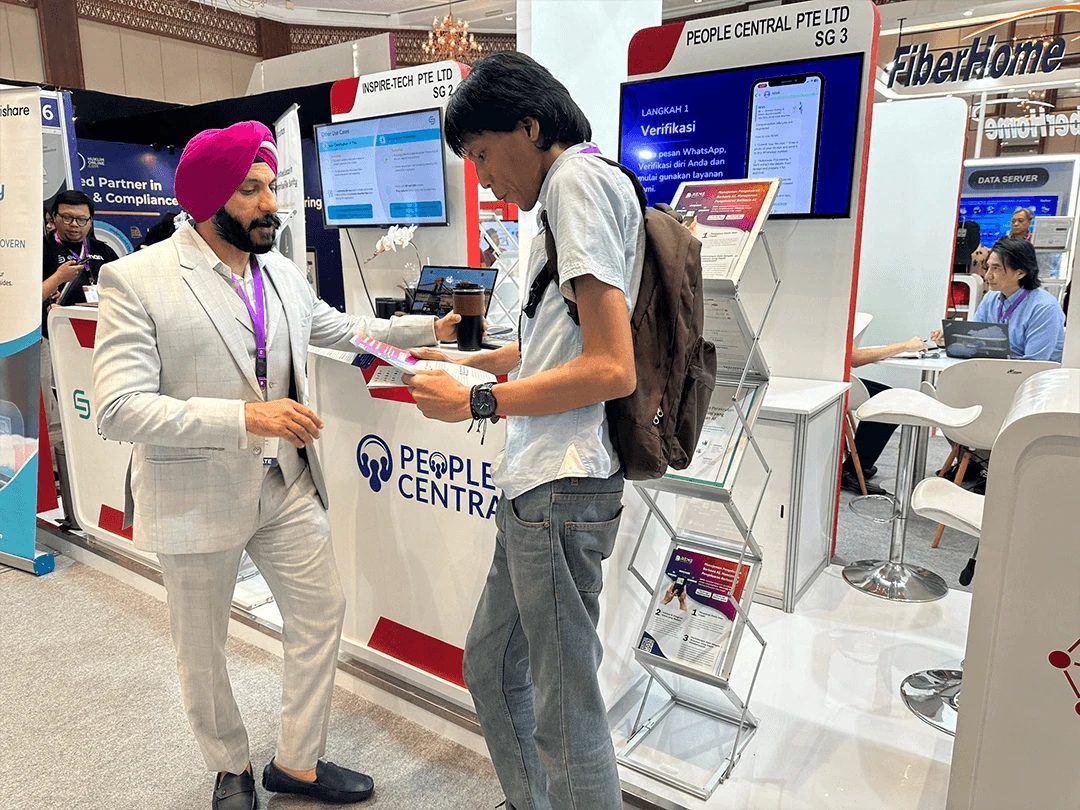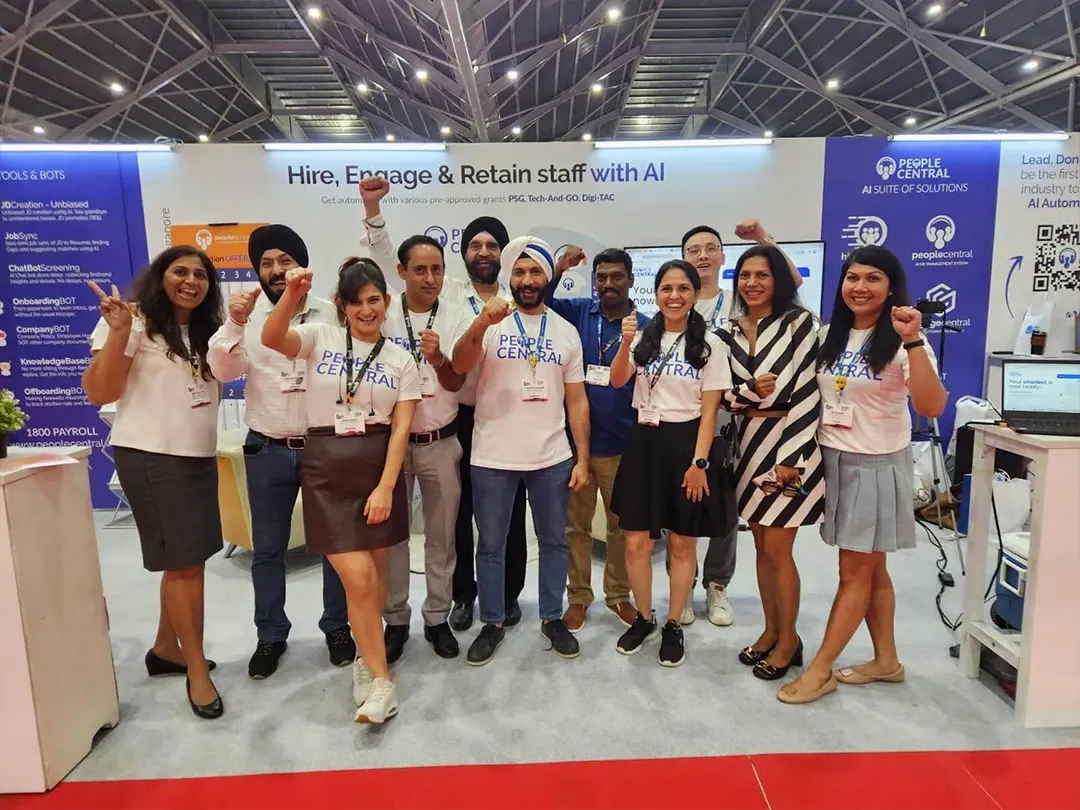PeopleCentral: HR & Payroll Software
Secure Your HR’s Future with Comprehensive HR Software
Taxation in Singapore Made Simple: What You Need to Know in 2025
Introduction I recently spoke with an old friend. He told me that he shifted to Singapore and has been working...
Read MoreHRIS: The Backbone of Modern Workforce Management
Introduction Tell me one thing. Can you try to manage...
HR Software: Everything You Need to Know Before Choosing One
Introduction Let’s be honest, no one starts a business because...
Payroll Software 2025: Save Time, Stay Compliant, and Automate Everything
Introduction You know, payroll is not just about handing out...
Exploring the Future: FWA 2025 Insights
The likes of Flexible Work Arrangements (FWA) in 2025 may...
The Rise of the Gig Economy: Trends and Insights
Singapore’s streets are alive, not just with the usual busyness...
How Learning And Development (L&D) Help In People Performance
Working professionals are always eager to advance their skills, learn...
What's On Your List: HRMS Necessity or HRMS Efficiency?
Integrate All Your HR Tasks within AI
The Evolution of Taxation in Singapore 2025: A Historical Overview
Singapore has been the business hub of Asia, the best...
2025 Guide to Recruitment in Singapore Using HRMS Tools
Alright, so here’s the real deal: Singapore’s talent scene in...
Key Advantages of Implementing AI in HR Processes
AI integration into the varying business operations types is not...
















 5
5


























